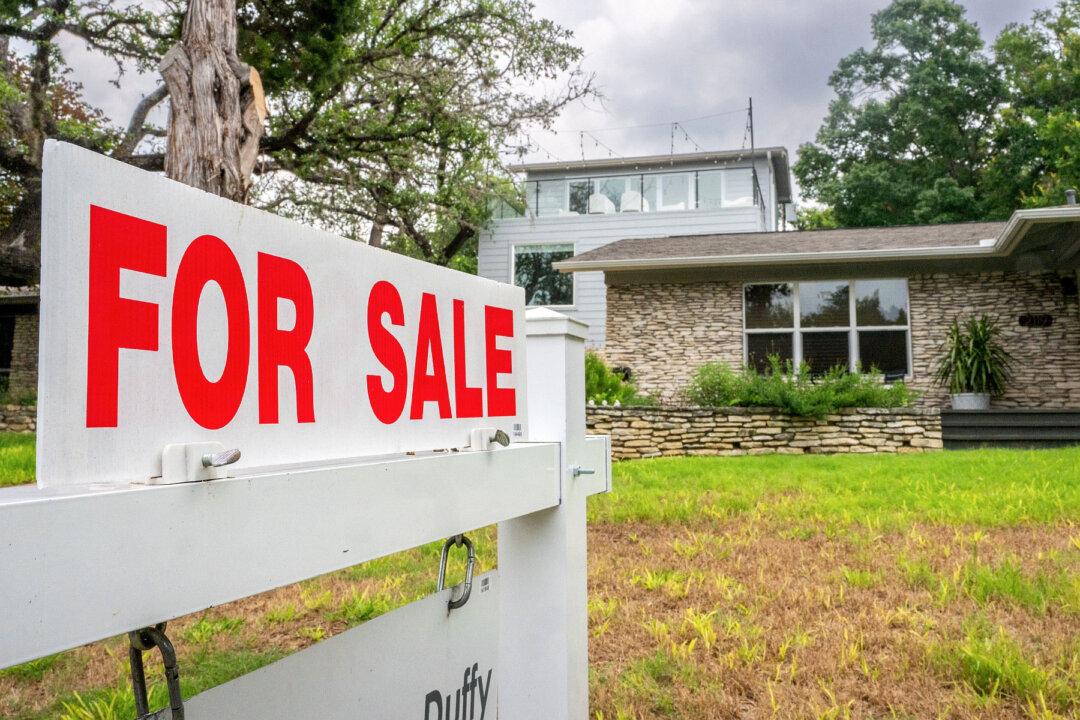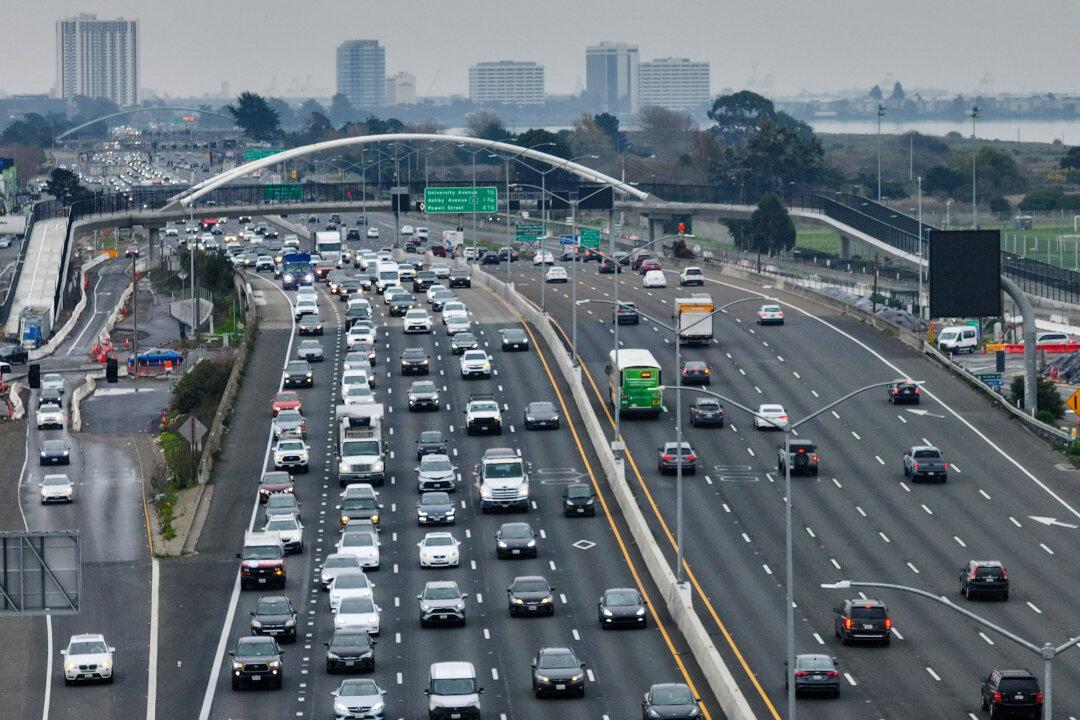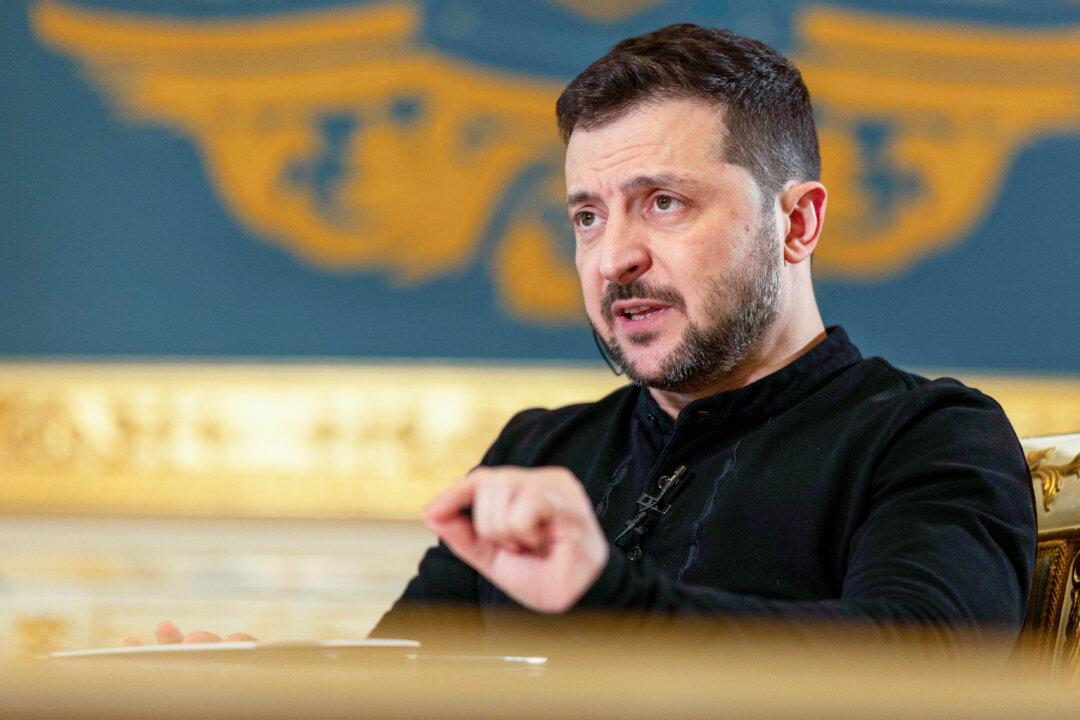In an April 21 letter, Duffy accused the state of defying federal law by continuing to toll federally funded highways after the Trump administration rescinded the program’s approval.
The state has continued to operate the tolls. As of April 20, “New York has not responded to FHWA’s requests for information,” Duffy wrote, noting that state officials “have also publicly declared that New York will continue to collect tolls in open defiance of Federal law.”
Duffy’s letter directs the New York State Department of Transportation to “show cause” by May 21 as to why the FHWA should not impose compliance measures. These would begin as soon as May 28 and would initially include halting federal construction authorizations in Manhattan, with broader restrictions possible.
If the toll continues, Duffy said, FHWA may suspend funding for projects throughout New York City, including blocking obligations of both formula and competitive funds. Safety-related projects would be exempt.
Duffy also criticized the tolling plan itself, saying it imposes a “disproportionate financial hardship on low and medium-income hardworking American drivers” while benefiting high-income commuters and the transit system. He emphasized that there are no toll-free alternatives into the zone, which he said forces drivers either to pay or to use what he described as a “substandard transit system run by the Metropolitan Transit Authority [MTA].”
The program, which began Jan. 5, aims to reduce congestion and generate $500 million annually for transit improvements. The MTA has filed a federal lawsuit challenging the Transportation Department’s termination of the tolling agreement.
In an emailed statement to The Epoch Times, MTA Chair and CEO Janno Lieber said the agency is reviewing its legal options and reiterated its commitment to the tolling program.
“We have received Secretary Duffy’s letter setting yet another new deadline and are evaluating MTA’s legal options, given that the legal issues raised in the letter are already appropriately before a federal judge,” Lieber said. “In the meantime, cameras are staying on, and New Yorkers continue to benefit from the first-in-the-nation congestion pricing program—with less traffic, cleaner air, safer streets and a stronger regional economy.”
As of April 20, the $9 congestion charge on most vehicles entering below 60th Street in the New York City borough of Manhattan remained in effect.
A statement from Hochul’s office to media outlets stated: “I received the letter from USDOT extending their congestion pricing threats once again.”
“I repeat: congestion pricing is legal—and it’s working. Traffic is down, business is up and the cameras are staying on.”
According to Duffy, the tolls primarily fund MTA capital projects, not highway maintenance, and thus run counter to the purpose of the federal pilot program. He noted that under federal rules, toll revenues should be used on the tolled infrastructure itself, or reinvested in highways, not redirected primarily to mass transit.
“New York therefore is not legally permitted to collect tolls on roads within the [congestion] zone that were constructed using Federal-aid highway funds,” Duffy said.
Duffy also rejected arguments raised in court that the federal government could not terminate the program unilaterally. He said New York’s claim that it must be allowed to continue it indefinitely “simply cannot be,” and emphasized that the termination process complies with regulations.
In court filings, the MTA has argued that federal authorities lack the legal authority to unilaterally terminate the congestion pricing agreement. “Neither the VPPP Agreement nor applicable law or regulations permit FHWA to unilaterally terminate the VPPP Agreement,” the agency said in its complaint. It also warned that such terminations could create regulatory uncertainty for future transportation projects.
If New York fails to respond or the FHWA finds the response insufficient, the department said, it will begin imposing restrictions aimed at bringing the state into compliance with federal highway law.





